Uncategorized
Amazon’s exit could scare off tech companies from New York

NEW YORK — Amazon jilted New York City on Valentine’s Day, scrapping plans to build a massive headquarters campus in Queens amid fierce opposition from politicians angry about nearly $3 billion in tax breaks and the company’s anti-union stance.
With millions of jobs and a bustling economy, New York can withstand the blow, but experts say the decision by the e-commerce giant to walk away and take with it 25,000 promised jobs could scare off other companies considering moving to or expanding in the city, which wants to be seen as the Silicon Valley of the East Coast.
“One of the real risks here is the message we send to companies that want to come to New York and expand to New York,” said Julie Samuels, the executive director of industry group Tech: NYC. “We’re really playing with fire right now.”
In November, Amazon selected New York City and Crystal City, Virginia, as the winners of a secretive, yearlong process in which more than 230 North American cities bid to become the home of the Seattle-based company’s second headquarters.
New York Mayor Bill de Blasio and Gov. Andrew Cuomo heralded the city’s selection at the time as the biggest boon yet to its burgeoning tech economy and underscored that the deal would generate billions of dollars for improving transit, schools and housing.
Opposition came swiftly though, as details started to emerge.
Critics complained about public subsidies that were offered to Amazon and chafed at some of the conditions of the deal, such as the company’s demand for access to a helipad. Some pleaded for the deal to be renegotiated or scrapped altogether.
“We knew this was going south from the moment it was announced,” said Thomas Stringer, a site selection adviser for big companies. “If this was done right, all the elected officials would have been out there touting how great it was. When you didn’t see that happen, you knew something was wrong.”
Stringer, a managing director of the consulting firm BDO USA LLP, said city and state officials need to rethink the secrecy with which they approached the negotiations. Community leaders and potential critics were kept in the dark, only to be blindsided when details became public.
“It’s time to hit the reset button and say, ‘What did we do wrong?'” Stringer said. “This is fumbling at the 1-yard line.”
Amazon said in a statement Thursday that its commitment to New York City required “positive, collaborative relationships” with state and local officials and that a number of them had “made it clear that they oppose our presence and will not work with us to build the type of relationships that are required to go forward.”
Not that Amazon is blameless, experts say.
Joe Parilla, a fellow at the Brookings Institution’s Metropolitan Policy Program, said the company’s high-profile bidding process may have stoked the backlash. Companies usually search for new locations quietly, in part to avoid the kind of opposition Amazon received.
“They had this huge competition, and the media covered it really aggressively, and a bunch of cities responded,” Parilla said. “What did you expect? It gave the opposition a much bigger platform.”
Richard Florida, an urban studies professor and critic of Amazon’s initial search process, said the company should have expected to feel the heat when it selected New York, a city known for its
“At the end of the day, this is going to hurt Amazon,” said Florida, head of the University of Toronto’s Martin Prosperity Institute. “This is going to embolden people who don’t like corporate welfare across the country.”
Other tech companies have been keeping New York City’s tech economy churning without making much of a fuss.
Google is spending $2.4 billion to build up its Manhattan campus. Cloud-computing company Salesforce has plastered its name on Verizon’s former headquarters in midtown, and music streaming service Spotify is gobbling up space at the World Trade Center complex.
Despite higher costs, New York City remains attractive to tech companies because of its vast, diverse talent pool, world-class educational and cultural institutions and access to other industries, such as Wall Street capital and Madison Avenue ad dollars.
No other metropolitan area in the U.S. has as many computer-related jobs as New York City, which has 225,600, according to the Bureau of Labor Statistics. But San Francisco, San Jose, Seattle, Washington, Boston, Atlanta and Dallas each have a greater concentration of their workers in tech.
In the New York area, the average computer-related job pays roughly $104,000 a year, about $15,000 above the national average. Still, that’s about $20,000 less than in San Francisco.
Even after cancelling its headquarters project, Amazon still has 5,000 employees in New York City, not counting Whole Foods.
“New York has actually done a really great job of growing and supporting its tech ecosystem, and I’m confident that will continue,” Samuels said. “Today we took a step back, but I would not but the nail in the coffin of tech in New York City.”
___
Follow Sisak at www.twitter.com/mikesisak and Boak at www.twitter.com/joshboak .
___
Boak reported from Washington. Associated Press writers Bernard Condon in New York and Chris Rugaber in Washington contributed to this report.
Michael R. Sisak And Josh Boak, The Associated Press
Uncategorized
Kananaskis G7 meeting the right setting for U.S. and Canada to reassert energy ties


Energy security, resilience and affordability have long been protected by a continentally integrated energy sector.
The G7 summit in Kananaskis, Alberta, offers a key platform to reassert how North American energy cooperation has made the U.S. and Canada stronger, according to a joint statement from The Heritage Foundation, the foremost American conservative think tank, and MEI, a pan-Canadian research and educational policy organization.
“Energy cooperation between Canada, Mexico and the United States is vital for the Western World’s energy security,” says Diana Furchtgott-Roth, director of the Center for Energy, Climate and Environment and the Herbert and Joyce Morgan Fellow at the Heritage Foundation, and one of America’s most prominent energy experts. “Both President Trump and Prime Minister Carney share energy as a key priority for their respective administrations.
She added, “The G7 should embrace energy abundance by cooperating and committing to a rapid expansion of energy infrastructure. Members should commit to streamlined permitting, including a one-stop shop permitting and environmental review process, to unleash the capital investment necessary to make energy abundance a reality.”
North America’s energy industry is continentally integrated, benefitting from a blend of U.S. light crude oil and Mexican and Canadian heavy crude oil that keeps the continent’s refineries running smoothly.
Each day, Canada exports 2.8 million barrels of oil to the United States.
These get refined into gasoline, diesel and other higher value-added products that furnish the U.S. market with reliable and affordable energy, as well as exported to other countries, including some 780,000 barrels per day of finished products that get exported to Canada and 1.08 million barrels per day to Mexico.
A similar situation occurs with natural gas, where Canada ships 8.7 billion cubic feet of natural gas per day to the United States through a continental network of pipelines.
This gets consumed by U.S. households, as well as transformed into liquefied natural gas products, of which the United States exports 11.5 billion cubic feet per day, mostly from ports in Louisiana, Texas and Maryland.
“The abundance and complementarity of Canada and the United States’ energy resources have made both nations more prosperous and more secure in their supply,” says Daniel Dufort, president and CEO of the MEI. “Both countries stand to reduce dependence on Chinese and Russian energy by expanding their pipeline networks – the United States to the East and Canada to the West – to supply their European and Asian allies in an increasingly turbulent world.”
Under this scenario, Europe would buy more high-value light oil from the U.S., whose domestic needs would be back-stopped by lower-priced heavy oil imports from Canada, whereas Asia would consume more LNG from Canada, diminishing China and Russia’s economic and strategic leverage over it.
* * *
The MEI is an independent public policy think tank with offices in Montreal, Ottawa, and Calgary. Through its publications, media appearances, and advisory services to policymakers, the MEI stimulates public policy debate and reforms based on sound economics and entrepreneurship.
As the nation’s largest, most broadly supported conservative research and educational institution, The Heritage Foundation has been leading the American conservative movement since our founding in 1973. The Heritage Foundation reaches more than 10 million members, advocates, and concerned Americans every day with information on critical issues facing America.
Uncategorized
Poilievre on 2025 Election Interference – Carney sill hasn’t fired Liberal MP in Chinese election interference scandal
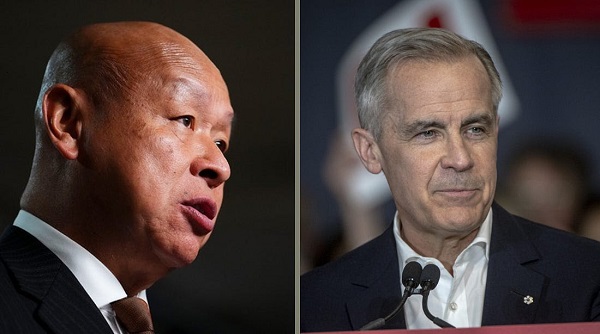
From Conservative Party Communications
“Yes. He must be disqualified. I find it incredible that Mark Carney would allow someone to run for his party that called for a Canadian citizen to be handed over to a foreign government on a bounty, a foreign government that would almost certainly execute that Canadian citizen.
“Think about that for a second. We have a Liberal MP saying that a Canadian citizen should be handed over to a foreign dictatorship to get a bounty so that that citizen could be murdered. And Mark Carney says he should stay on as a candidate. What does that say about whether Mark Carney would protect Canadians?
“Mark Carney is deeply conflicted. Just in November, he went to Beijing and secured a quarter-billion-dollar loan for his company from a state-owned Chinese bank. He’s deeply compromised, and he will never stand up for Canada against any foreign regime. It is another reason why Mr. Carney must show us all his assets, all the money he owes, all the money that his companies owe to foreign hostile regimes. And this story might not be entirely the story of the bounty, and a Liberal MP calling for a Canadian to be handed over for execution to a foreign government might not be something that the everyday Canadian can relate to because it’s so outrageous. But I ask you this, if Mark Carney would allow his Liberal MP to make a comment like this, when would he ever protect Canada or Canadians against foreign hostility?
“He has never put Canada first, and that’s why we cannot have a fourth Liberal term. After the Lost Liberal Decade, our country is a playground for foreign interference. Our economy is weaker than ever before. Our people more divided. We need a change to put Canada first with a new government that will stand up for the security and economy of our citizens and take back control of our destiny. Let’s bring it home.”
-

 espionage2 days ago
espionage2 days agoFrom Sidewinder to P.E.I.: Are Canada’s Political Elites Benefiting from Beijing’s Real Estate Reach?
-

 Business1 day ago
Business1 day agoSenator wants to torpedo Canada’s oil and gas industry
-
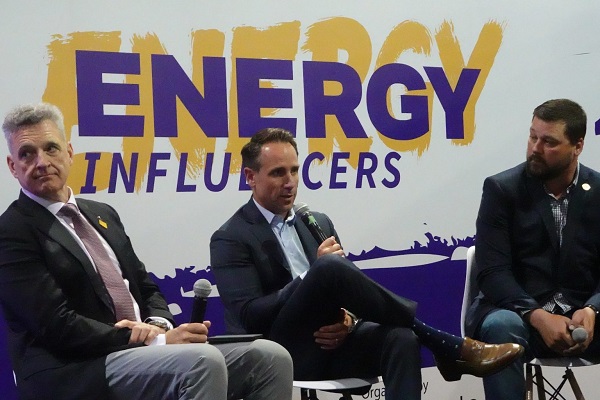
 Alberta2 days ago
Alberta2 days agoAlberta’s carbon diet – how to lose megatonnes in just three short decades
-
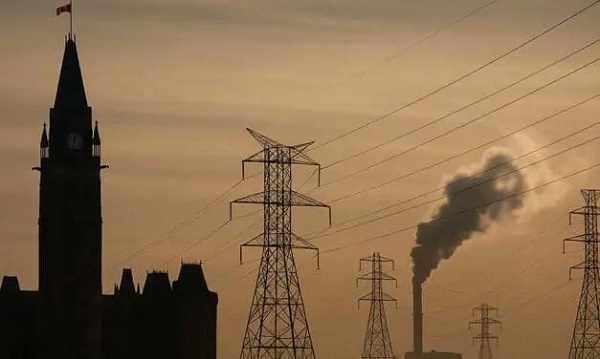
 Energy1 day ago
Energy1 day agoWho put the energy illiterate in charge?
-
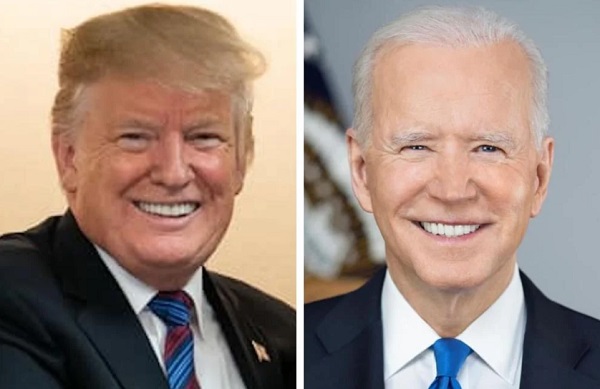
 espionage1 day ago
espionage1 day agoFBI Buried ‘Warning’ Intel on CCP Plot to Elect Biden Using TikTok, Fake IDs, CCP Sympathizers and PRC Students—Grassley Probes Withdrawal
-

 David Clinton1 day ago
David Clinton1 day agoWhy Are Ontario’s Public Schools So Violent?
-
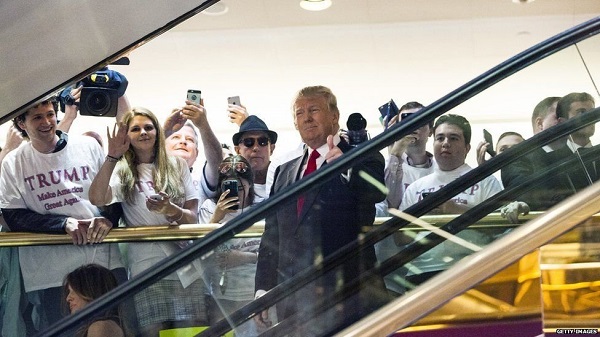
 Bruce Dowbiggin1 day ago
Bruce Dowbiggin1 day agoFUBAR: How Trudeau & Trump Rewrote This Century’s Political Handbook
-
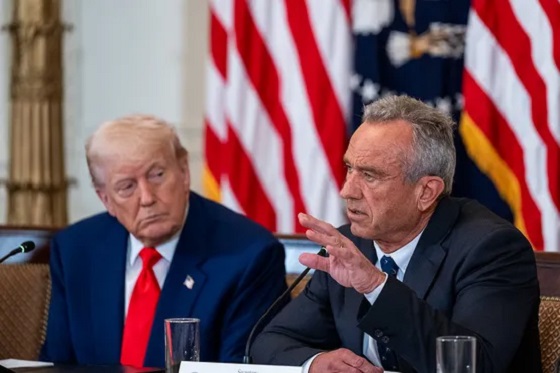
 Business2 days ago
Business2 days agoRFK Jr. planning new restrictions on drug advertising: report






